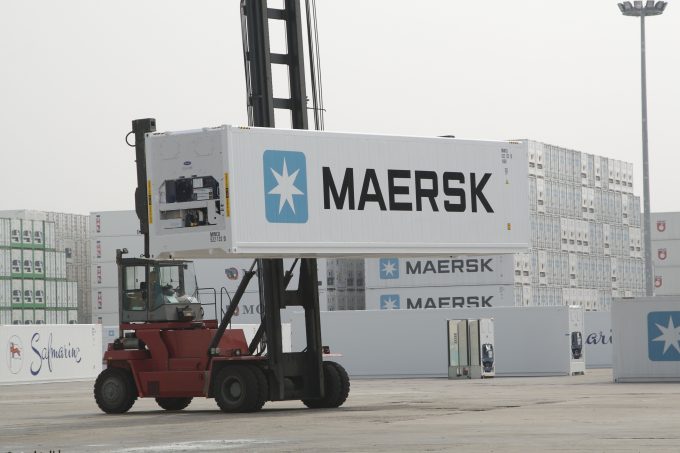News analysis: Gdansk vs Gdynia – Baltic Hub 3 a major offensive in a 15-year battle
This week’s inauguration of the new Baltic Hub 3 terminal at the Polish container hub ...

Now that pandemic-related strain is evening out, rising energy costs will be the biggest headache for cold chain logistics providers, according to a joint white paper by Maersk and Reuters.
Trust and Technology: The Links in a Sustainable Cold Chain quotes Maersk head of cold chain logistics ...

Comment on this article